Rent
ProLift offers daily, weekly, and monthly rentals. Find the right equipment for maximum productivity and safety.
Let us know how we can assist you! A ProLift specialist will connect with you to help with your material handling needs.
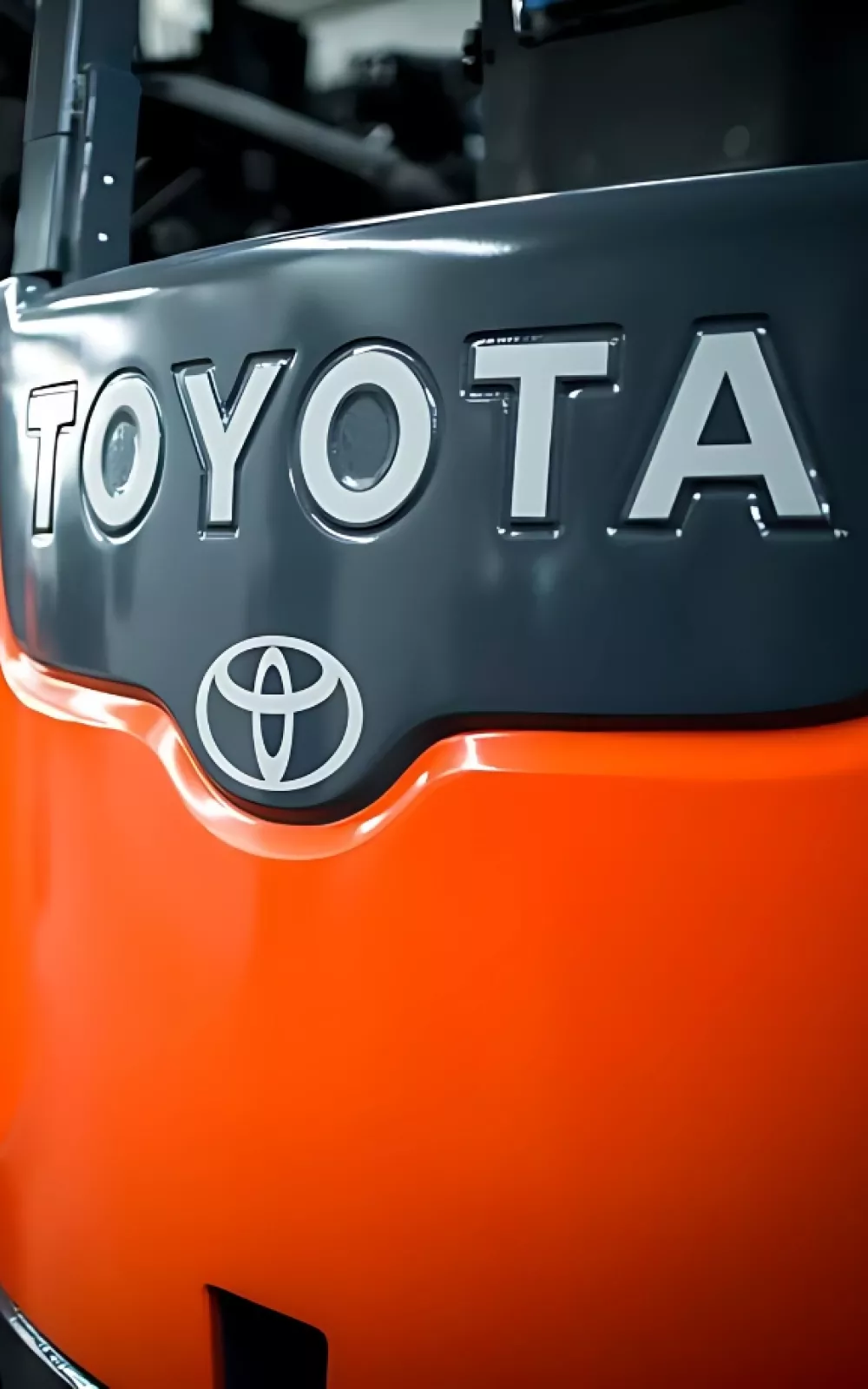
Drive-in pallet racking systems offer high-density storage but are vulnerable to damage from forklifts and daily operations. Protecting these systems is essential to ensure their longevity and maintain warehouse safety. ProLift shares effective strategies for safeguarding your drive-in racking, from the best protective equipment to operational practices that prevent costly repairs and downtime.
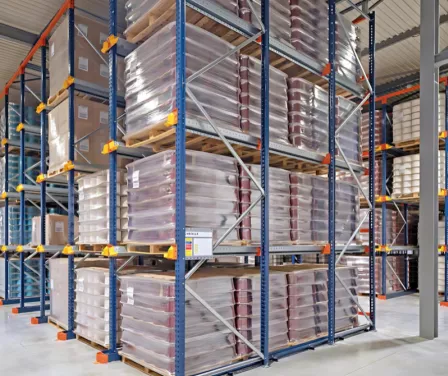
Drive-in pallet racking is an efficient solution for maximizing high-density storage. Forklift operators can drive directly into the racking system and lift pallets above the rails to place them, reducing the floor space dedicated to aisles and creating more room for pallet positions. This approach offers excellent cubic foot utilization at an affordable cost per pallet position.
However, the design and the close interaction with moving forklifts make drive-in racking susceptible to damage. Focusing on three key areas can help reduce impacts and maintain the system's integrity.
Don’t assume that a forklift in your current fleet can navigate drive-in pallet racking effectively. The overhead guard (OHG) is often too wide to move smoothly in and out of the racking. Opting for a smaller forklift, such as a 3,000 lb 3-wheeler, could be a solution, but only for handling smaller capacity items. To prevent the OHG from striking the racking sides, work with the forklift manufacturer and local dealer to customize the structure by narrowing the sides for better compatibility.
Pallets used for drive-in pallet racking must be a consistent size and made of quality materials. Consistent sizing is important because the racking dimensions are precise. Quality materials protect pallets from damage, so they remain intact. These two factors ensure loads will easily glide into place after being placed on the rails without additional prodding by the forklift operator.
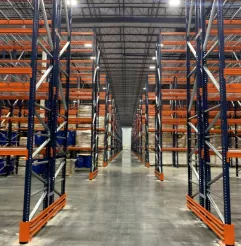
Your partnership with ProLift begins before product is purchased. Our warehouse consultants integrate material handling systems, physical space, and the flow of material to create a streamlined, efficient process.
All forklift operators must be trained per OSHA guidelines, but additional training should be offered to operators loading and unloading product in the drive-in pallet racking. Visibility inside the racking is restricted; therefore, slower, precise driving is needed to prevent impact between the forklift and racking.
Regular inspections of drive-in pallet racking are vital to identify damage. Every hit to the racking compromises the steel’s structure and storage capacity. Damaged racking should be replaced to keep employees safe, especially the forklift operator who is physically inside the structure. Column protectors may also be considered as a preventative measure.
Consider drive-in pallet racking for your warehouse and application. ProLift can ensure expertise with pallet racking solutions and safety training classes.
Whether you're planning a warehouse project or need expert advice on the best solution, our sales consultants are here to provide the information and guidance you need.

ProLift provides warehouse solutions from design to dock. From design and installation to reducing energy costs, ProLift's sales consultants are here to ensure your facility operates safely and efficiently every step of the way.
Contact us for support on:
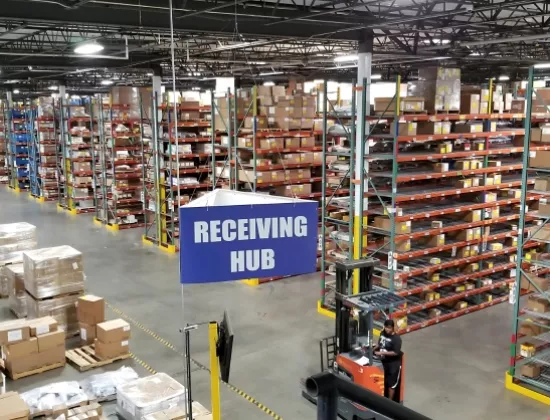
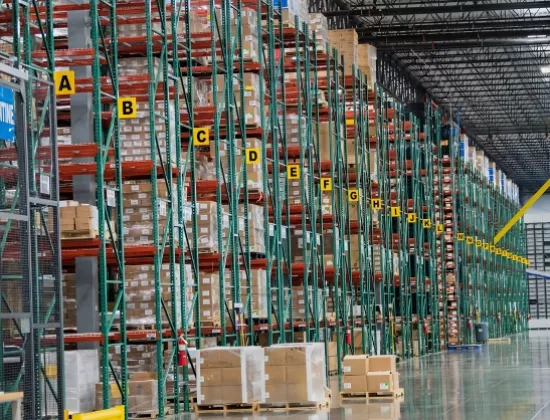
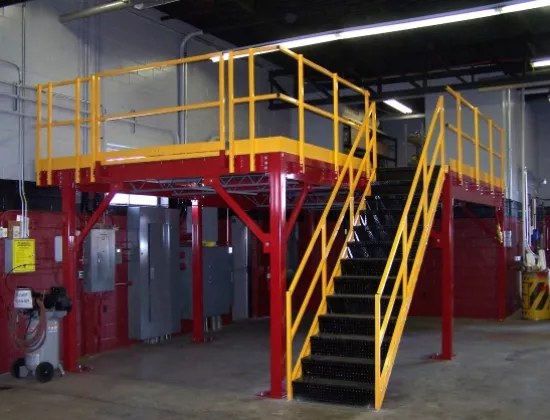
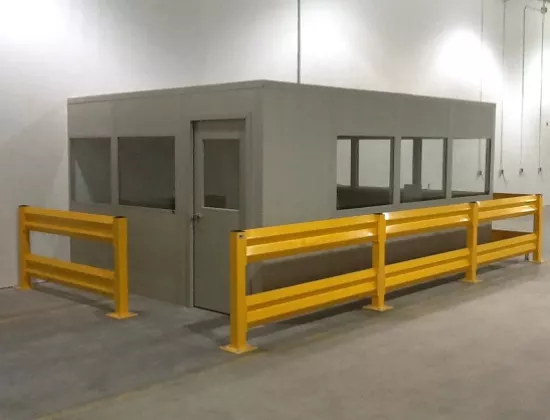
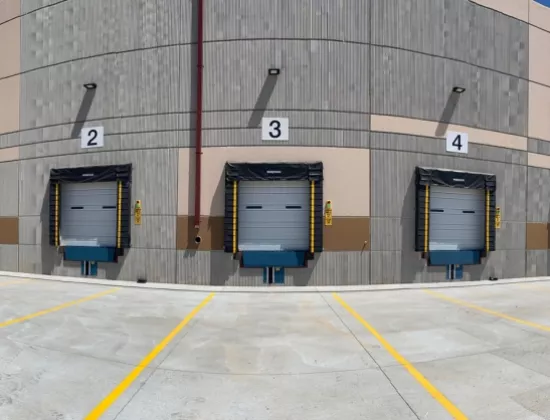

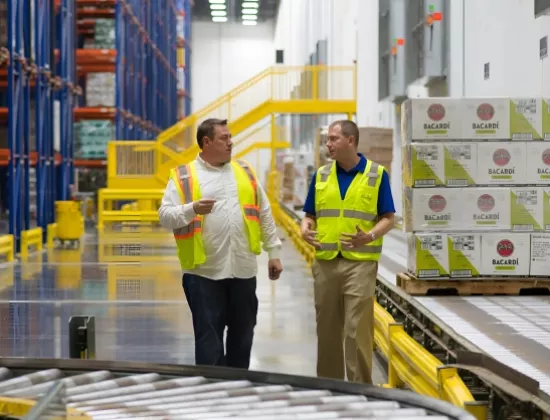
ProLift provides warehouse solutions from design to dock. From design and installation to reducing energy costs, ProLift's sales consultants are here to ensure your facility operates safely and efficiently every step of the way.
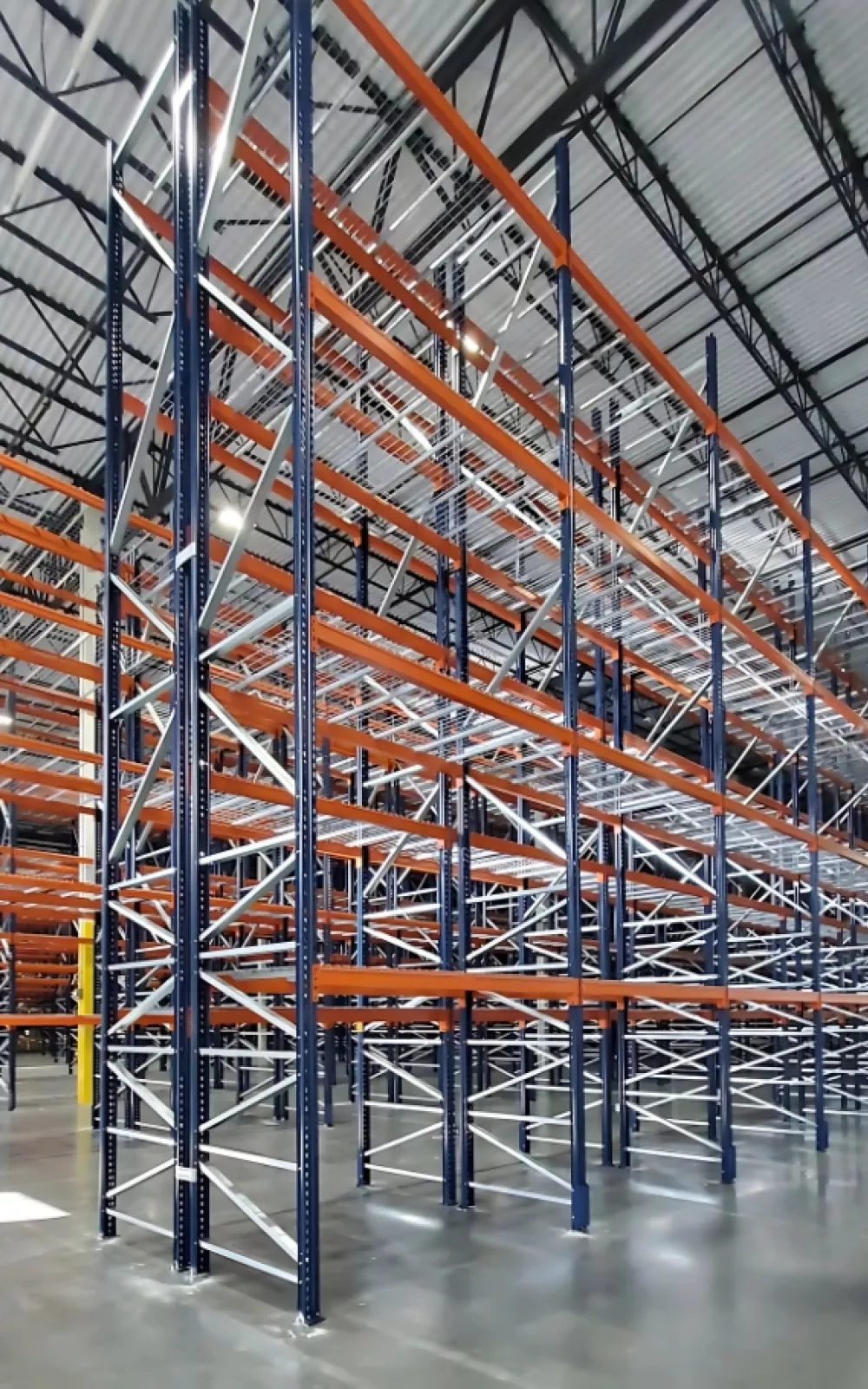
Let us know how we can assist you! A ProLift specialist will connect with you to help with your material handling needs.
